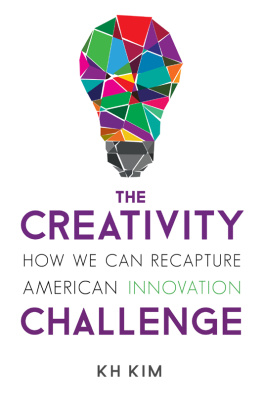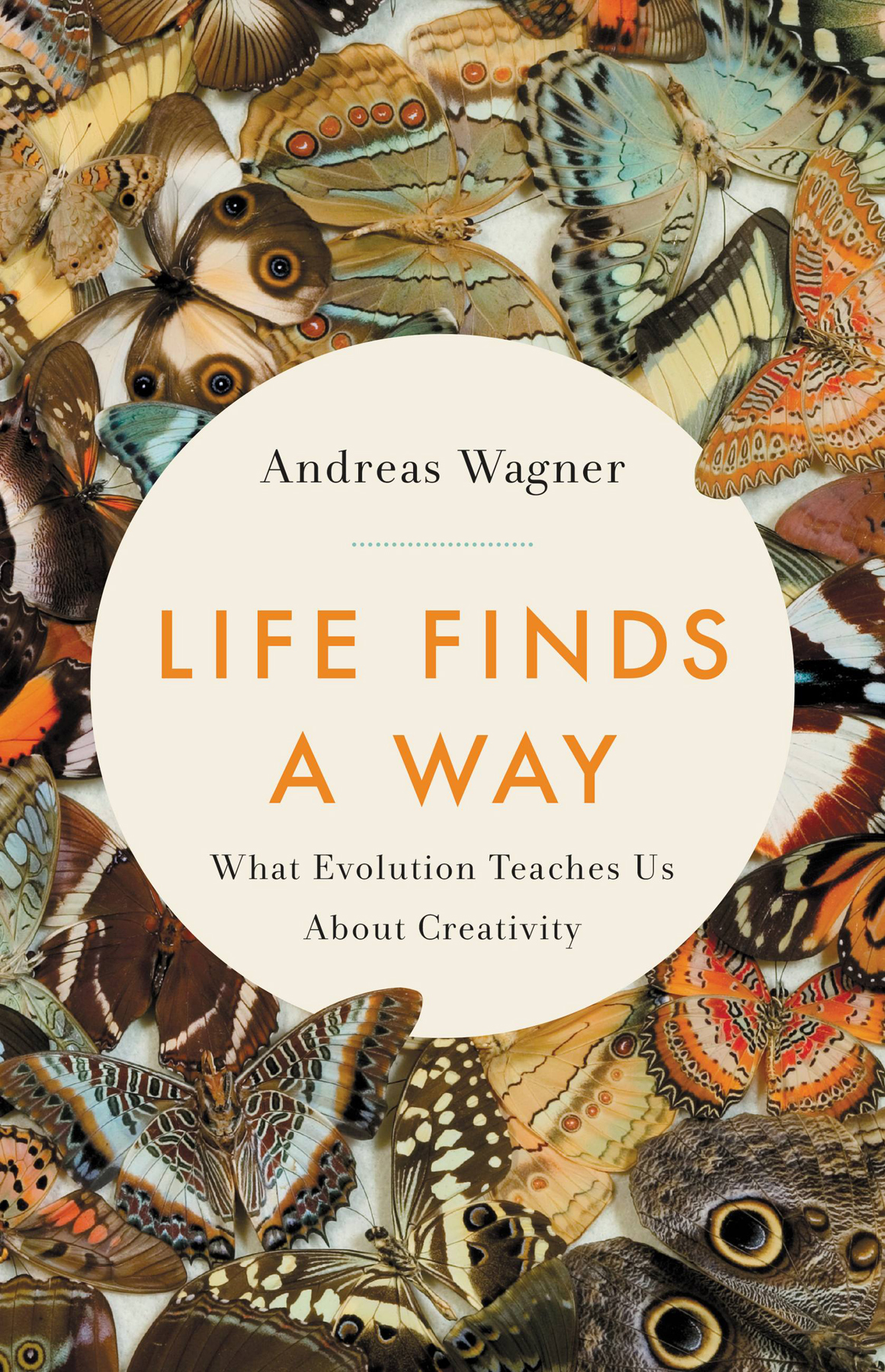L ong before life itself arose, nature created not just swirling galaxies and the thermonuclear engines of suns. It also created glittering crystals, like the diamonds that take millions of years to gestate in the womb of our planet. And it created the complex organic molecules found in interstellar gases, meteorites, and deep-sea vents that would become the building blocks of life. Once these building blocks had assembled into the earliest living cells, Darwinian evolution kicked in. It taught life to sate its boundless hunger by harvesting energy from sunlight and from energy-rich molecules. Equipped with molecular power plants, life could then conquer every habitat of our planet, from open equatorial oceans to frigid Arctic ice shelves, from hot subsurface rocks to endless arid plains and ice-sheathed mountains.
As time passed, lifes single cells assembled into specialized teams with thousands, millions, and eventually billions of members. These multicellular organisms evolved sensors that helped them navigate the world by smell, sound, and light. They learned to escape enemies and attack prey by burrowing, swimming, walking, and flying. And, eventually, their nervous systems evolved complex brains that could create and comprehend abstract symbols, such as those on this page. To them we owe the cave paintings of Lascaux and the landscapes of Monet, simple abacuses and complex supercomputers, Sumerian accounting tablets and James Joyces Ulysses, Pythagorass theorem and Schrdingers equation.
As different as all these may appear, they are all products of natures creativity, a phrase that might bring to mind the finches that use tools to scare insects from hideouts, or the chimpanzees that fashion primitive spears to hunt bush babies. But I mean a more universal form of creativity manifest in chemistry, biology, and culture.
Much of human creativity fits a definition widely used by psychologists: a creative idea or product is an original and appropriate solution to a problem.definition of creativity will ever be able to capture a Mozart symphony, a Picasso painting, or a Rodin sculpture. But the psychological definition of creativity is still immensely useful because it covers a broad spectrum of human creative expression.
Even more important, it is useful far beyond human affairs because it applies to problems that life solved before brains like oursor any brains at allarose. An enzyme that cracks the chemical bonds of an energy-rich molecule is one solution to the problem of how to harvest energy. The optical marvels of eyes are solutions to the problem of how to escape predators or hunt prey. And the antifreeze proteins of cold-blooded animals are a solution to the problem of how to survive in subzero temperatures. Viewing creativity as problem solving is even relevant for problems that the universe solved long before life itself arose. A crystal, for example, is a solution to the problem of how to find a stable arrangement of atoms or molecules.
I am an evolutionary biologist, and my lifes work is to understand the creative powers of biological evolution that are embodied in microscopic algae and giant redwood trees, in gut bacteria and African elephants. Every one of the millions of species alive today is the most recent link in a nearly endless chain of creative achievement that goes back all the way to lifes origins. Every organism is the product of countless innovations, from the molecular machines inside its cells to the physical architecture of its body. They account for life-forms that move at lightning speed, are perfectly camouflaged, or are covered with solar panels. Lifes overflowing creativity fascinates me to no end.
At my Zurich laboratory, a team of some twenty researchers and I study the DNA of diverse organisms to investigate how nature creates new forms of life and new kinds of molecules. We also observe microbes in the laboratory over thousands of generations to study how they evolve to surmount seemingly insurmountable challenges. And we compare how their exploits resemble creative processes in other fields, including how crystals take shape, how molecules self-assemble, and how algorithms solve problems.
But I am not just a scientist. I am also a father and an educator, and I am looking for better ways to raise children, to educate the next generation of scientists, to hire the most creative researchers, and to build and sustain a team of them. These very practical problems have led me to explore a vast literature on human psychology, education research, organizational management, and the economics of innovation. In these explorations I have discovered astonishing similarities between natural and human creativity.
This book is about these similarities and much more. First, it is about things Charles Darwin did not know. His theory of evolution by natural selection was a monumental achievement, but it was only a beginning. One of the things Darwin did notcould notknow is that natural selection can face obstacles that it alone cannot overcome. This book explains what these obstacles are. And it explains the mechanisms of evolution that can overcome them.
Second, this book illustrates the similarities between human creativity and a modern, augmented view of Darwinian evolution. These similarities are not only numerous but also deep, as psychological, historical, and biological research will testify later in the book.
Third, and perhaps most important, this book explains how these similarities can help us solve many of the problems facing humans today. They can help us raise children to live more fulfilling lives, enhance businesses innovation, and prepare entire nations for a world where innovation drives global leadership.











